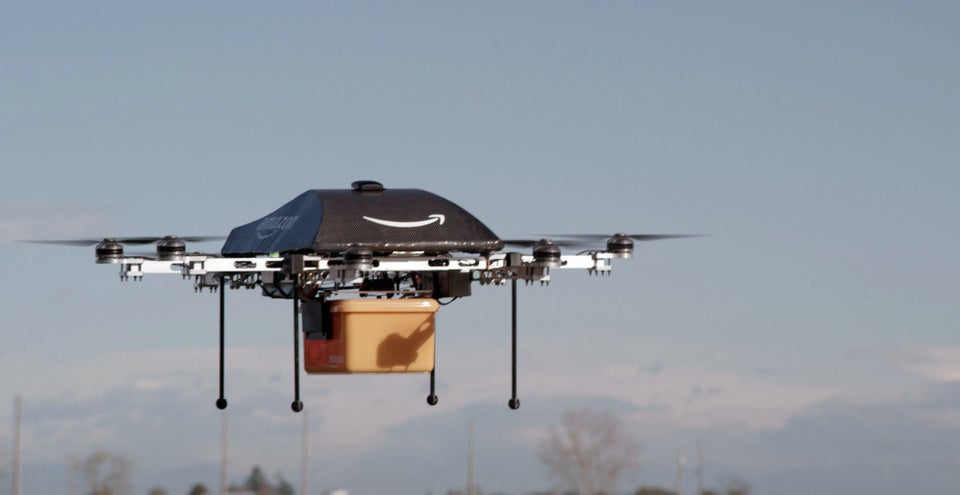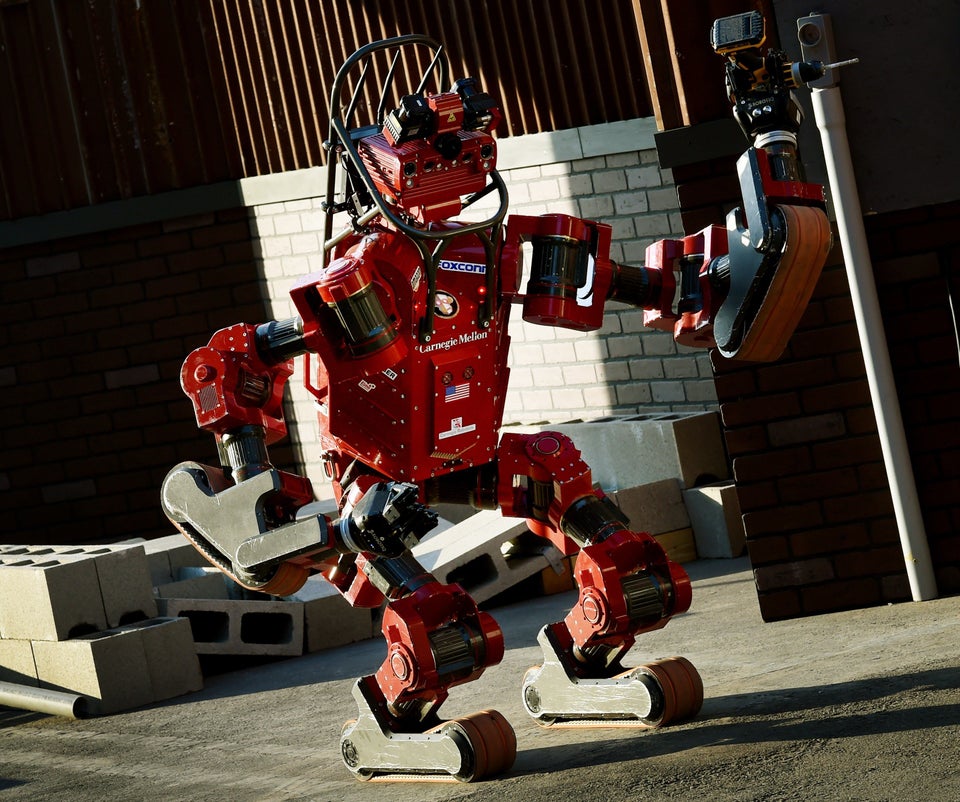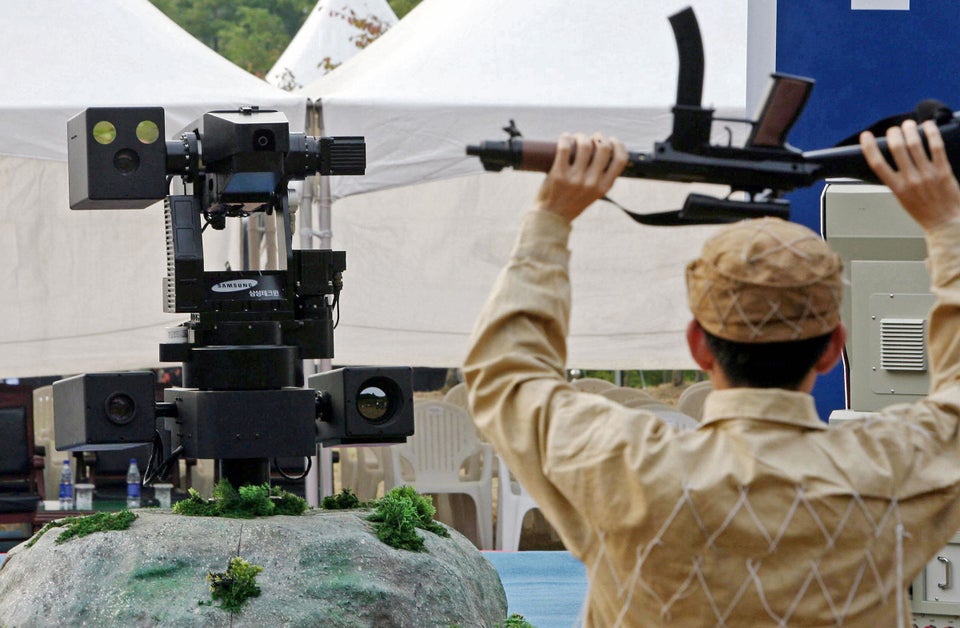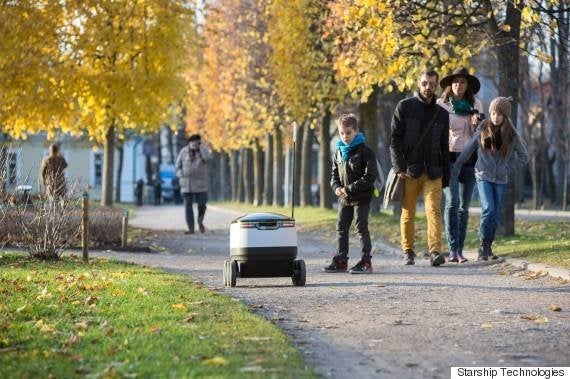Robots are as proficient as their human counterparts at performing surgery, a new study has revealed.
The trial found that prostate cancer patients whose glands were removed by robots controlled by humans reported the same quality of life twelve weeks later as those who had undergone traditional surgery.
In the first randomised trial of its kind, patients who had received robot-assisted surgery said they experienced less pain doing everyday activities a week later.
They also enjoyed a better overall physical quality of life at six weeks.
However, researchers were particularly interested in how the two patient groups recovered over time and found that differences levelled out by 12 weeks.
The study revealed no differences in urinary and sexual functions at 12 weeks, nor in the number of post-operative complications between the two groups.
Patients of open surgery spent longer in hospital afterwards, but on average both groups spent the number of days away from work.
The authors of the study, which was published in the Lancet, said that urinary and sexual function can continue to improve for up to three years after surgery.
They will continue to assess patient recovery, including cancer survival rates, until the conclusion of the two year trial.
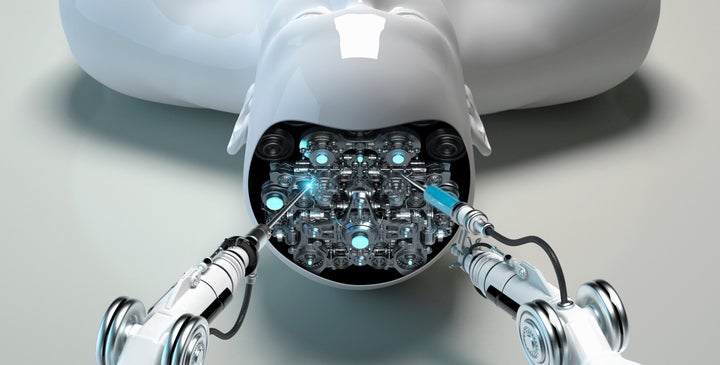
Lead author, Professor Robert “Frank” Gardiner of the University of Queensland, said: “Surgery has long been the dominant approach for the treatment of localised prostate cancer, with many clinicians now recommending the robotic method to patients.
“Many clinicians claim the benefits of robotic technology lead to improved quality of life and oncological outcomes.
“Our randomised trial, the first of its kind, found no statistical difference in quality of life outcomes between the two groups at 12 weeks follow-up.”
The 308 men with prostate cancer who were included in the study were randomly assigned to either receive robot-assisted surgery or open surgery.
Robot-assisted laparoscopic prostatectomy (RALP) was first reported in 2000. A 3D camera enables surgeons to see inside a patients’ abdomen through a keyhole incision, while they direct its surgical instrument from within the operating room.
With the robots costing approximately £1.5m each, it is more expensive than open surgery. But it’s becoming increasingly popular in fields including urology, gynaecology, head and neck and general surgery.
The robots and drones of the future
